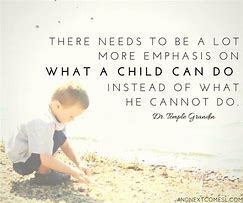I grew up in a neurodivergent household, though it wasn’t recognised as such back then.
I always felt different and cherished those moments I could escape into the fields alone. I’d spend hours creating stories, listening to the birds, and immersing myself in my own little world.
I didn’t question much, never asked to have friends over, and was content following the rules of the house. While my siblings rebelled loudly, I quietly completed my tasks so I could return to my beloved field.
My son was born in 1995 after a difficult birth, but I fell in love with him instantly. He was a good baby—ate well, was easy to soothe, and made me proud. My daughter came along in 1997, an easier birth, and she was my beautiful little girl.
The only red flag I recall with my son as a baby was when the midwife placed him on the scales. He simply stared at her—a quiet, steady gaze that felt unnatural. While all the other babies cried, mine just stared.
When my son started school at four and a half, being a March baby, issues arose almost immediately.
Reports came in about him hitting other students, teachers, and dinner staff. He’d get furious when asked to do things he disliked and would sometimes run away across the school fields. He rarely played with others, and when he did, he often pushed them around or bullied them into following his lead.
Hardly a day passed without a call to the Head Teacher’s office or a conversation with his teacher.
I worked with him, trying to address his anger and get him to open up about his feelings.
As I researched his behaviour, I stumbled upon information about autism, and everything suddenly made sense.
By then, his sister had started school too. Though she wasn’t violent, she showed similar traits.
At that point, I was able to refer my son to a professional...
I had two tools in my coping kit. The first tool came about after reading a book about managing behaviour using the traffic light system.
The idea was to create a calmer environment by choosing your battles.
The green light behaviour was any behaviour that wasn't causing harm to my son or others. This was acceptable behaviour, even if it was socially frowned upon or just plain weird.
The amber light behaviour was a behaviour that potentially could cause harm to my son or others. So either needed to be supervised closely or encouraged to be changed in a calm manner . Negotiate if possible.
The red light behaviour was immediately unacceptable and stopped (preferably in a calm manner)as it was dangerous to either my son or others.
I found that I was calmer because I accepted more of my son's behaviour, and let him play in his own way.
We had fewer meltdowns because the atmosphere was calmer, and my son became calmer.
A definite win /win tool in the box.
Next week I'll reveal my other tool.....you might be surprised!
"Try our custom made room spray service- and create a personal sanctuary within your home "


Comments ()